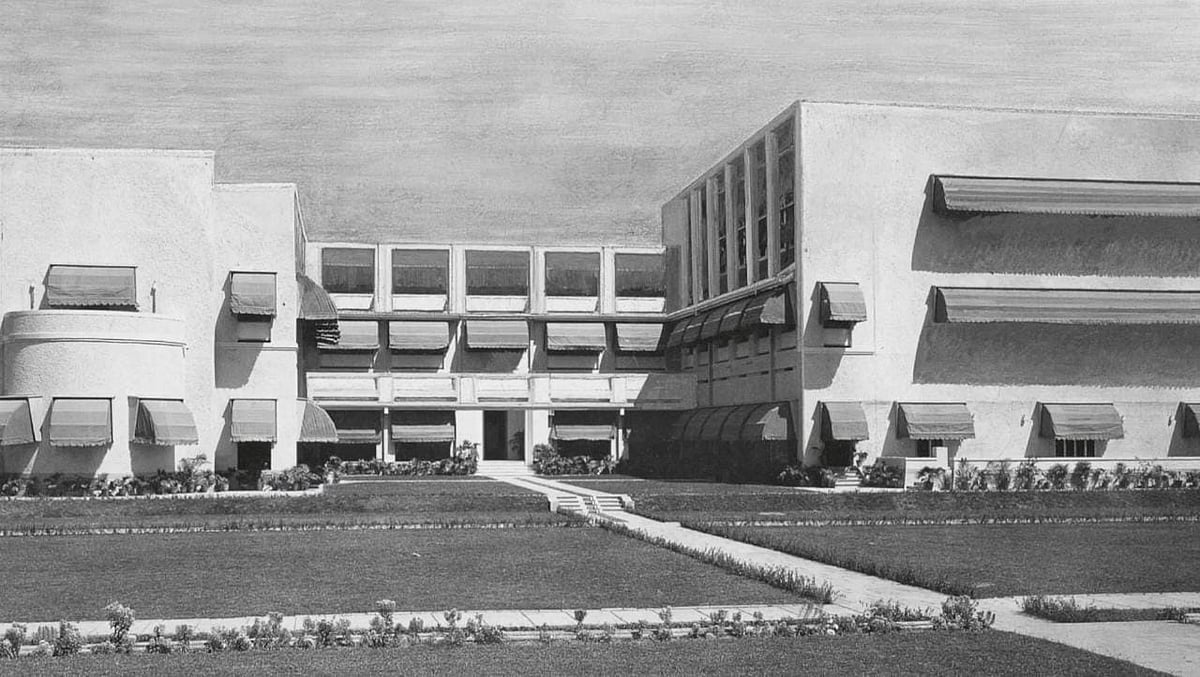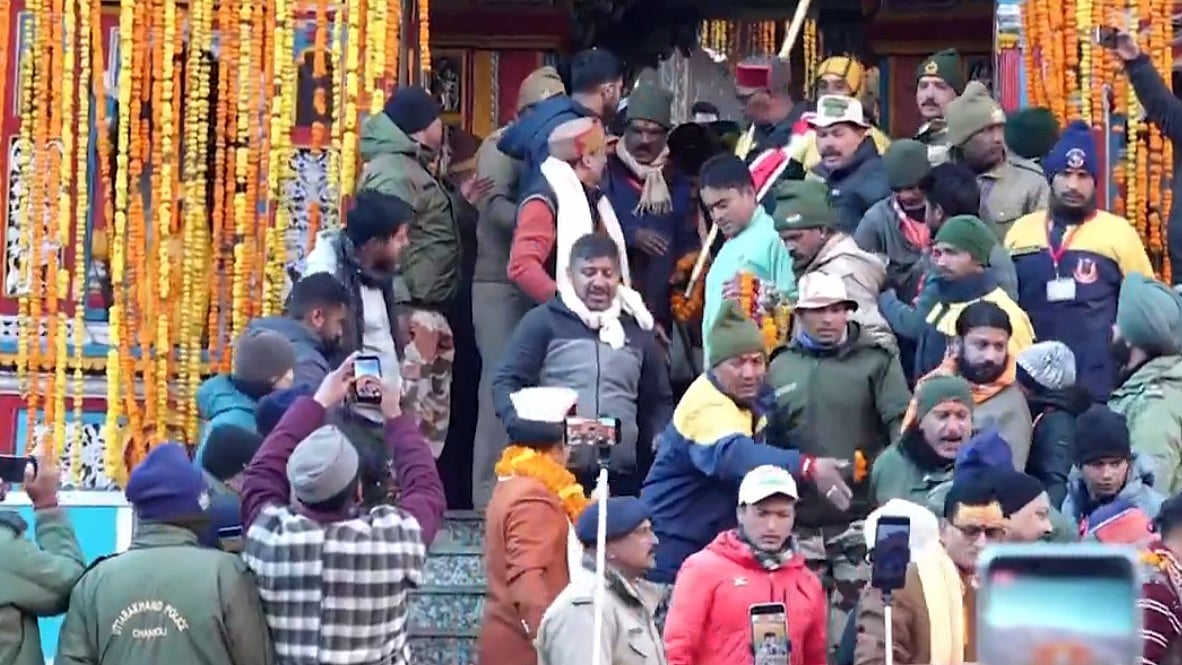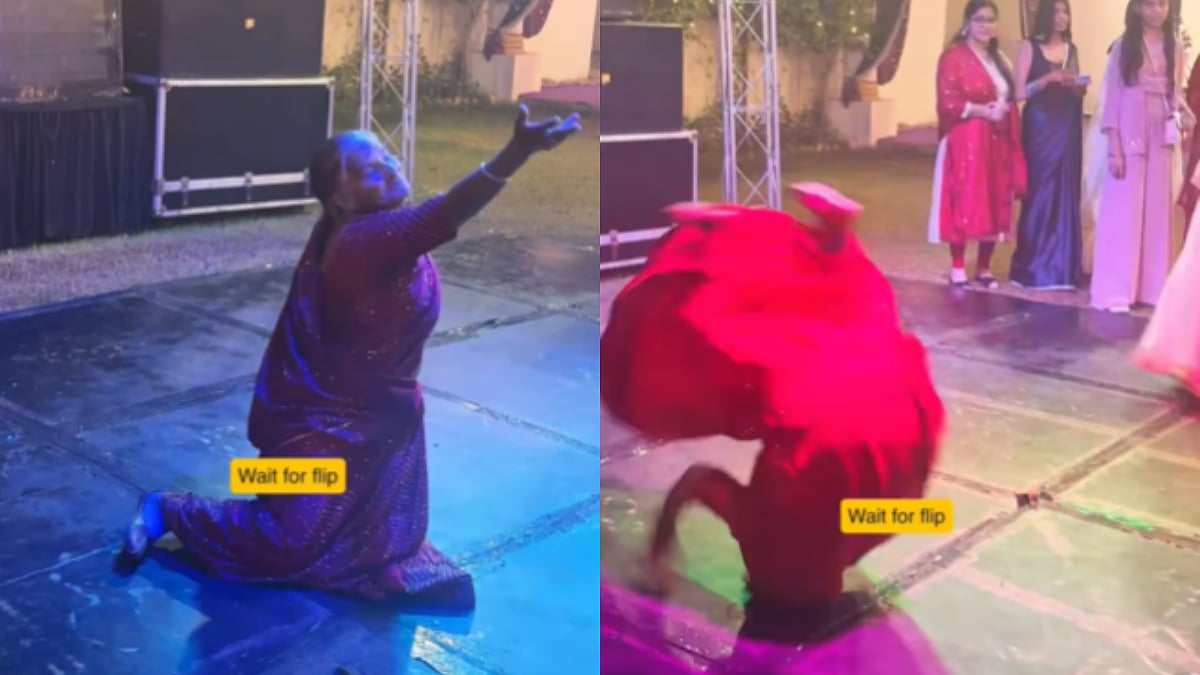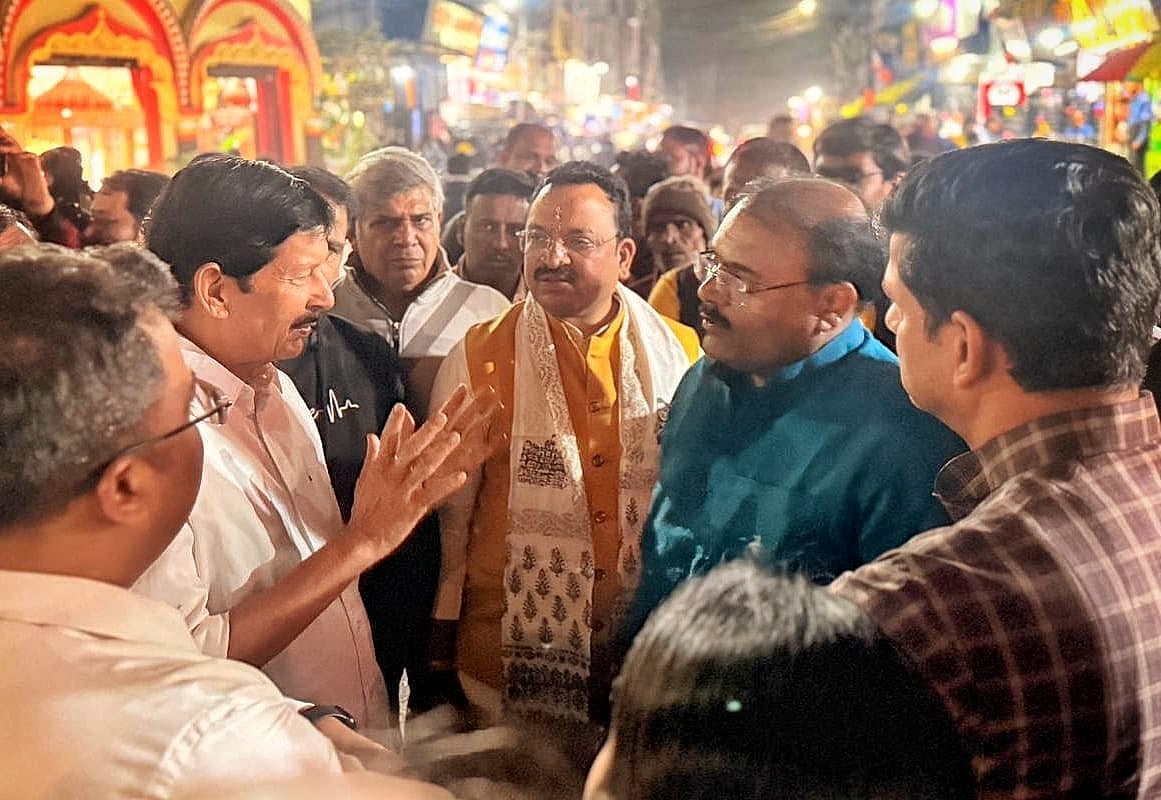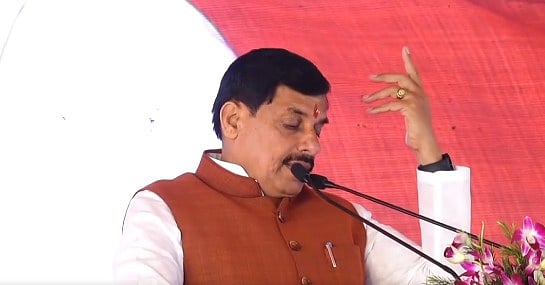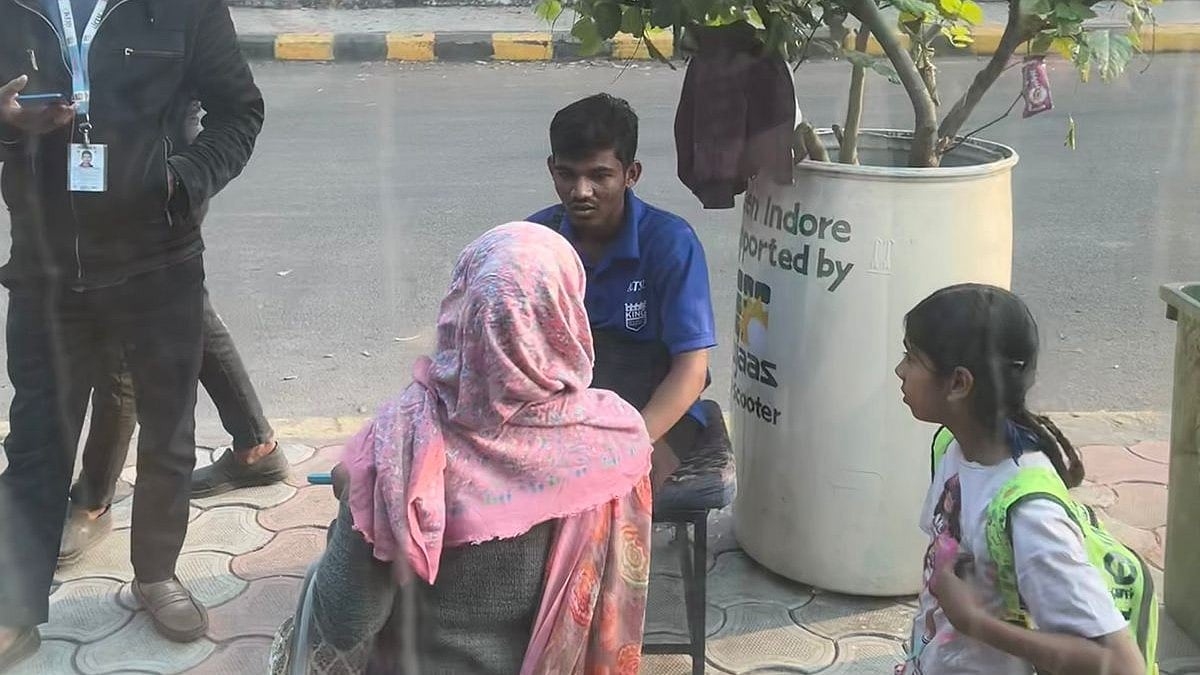Indore (Madhya Pradesh): The Holkar’s Manik Bagh Palace built by a great German architect, whose design is taught even today to students in France and Germany, now houses a government office and thus is losing its heritage significance with time.
The royal palace is now the office of the Commissioner, Customs & Central Excise (Indore). Thankfully, it is still maintained by a dedicated staff who ensure that there is no damage to the building.
In 1928, Yeshwant Rao Holkar II of Indore met German architect Eckert Muthesius while studying at Oxford. The two became friends over their shared interest in European avant-garde culture and modernism. The Manik Bagh Palace was for Maharaja Yeshwant Rao Holkar II and his wife Sanyogita Bai Holkar.
“From 1929-1933, Muthesius was commissioned to construct and furnish the Maharaja's new palace, the Manik Bagh Palace. The palace got completed on December 4, 1933. The palace was originally built in 1909 in Jacobean style for Maharaja Tukoji Rao Holkar III at an expense of Rs 2,40,000. After that in 1930, it was redesigned and the renovated palace got ready in 1933,” said historian Zafar Ansari.
The palace was a remarkable fusion of traditional and modernist design. In all other regards, the Manik Bagh was a Bauhaus and Art Deco masterpiece.

Maharaja Yeshwant Rao Holkar II and his wife Sanyogita Bai Holkar |
The palace was furnished with some of the most lavish furnishings available. The Maharaja's collection boasted pieces by Eileen Gray, Louis Scott, and Emile - Jacques Ruhlmann. The majority of the furniture, lighting and other features were designed and created by Muthesius
The palace contained some of the most modern technology to be had at the time, including air-conditioning, hydraulic doors, and even machined marble.
Ansari added that the palace was said to be the first palace of India which was fully air-conditioned. He said, “the word Manik Bagh means Ruby Garden or Gem Garden.”
The palace has simple furniture of wood and metal, pictorial carpets, lighting fixtures as light sculptures, walls treated in alternating colours, para vents as cubist paintings in space. Art for living made a fairy tale palace of modernism in India come true.
Technical equipment, installation parts, water faucets for the bathrooms, even the marble flooring, bannisters for staircases, furniture and lamps were made according to the architect's designs and instructions in Germany, preferably in Berlin.

Maharaja's specially designed caravan which he used while going hunting and to other interior places. |
Moreover, furnishing objects by the interior design Avant-grade in Berlin, London, and Paris were acquired, including an amazing number of series production pieces: tabular steel chairs by the architects and brothers Wassili and Hans Luckhardt as well as by Marcel Breuer in Berlin, the chaise longue by Le Corbusier/Charlotte Perrind, the ebony, chrome, and leather armchair Transat by Eileen Gray in Paris, tubular steel furniture by the PEL company in London
After Yeshwant Rao Holkar, the Palace has been lovingly cared for and preserved by Maharani Usha Devi of Indore and her brother Prince Shivaji Rao Holkar, the children and heirs of the maharaja, who died in 1961.
In 1976 the privileges of the maharaja families were abolished by the Indian Government and the obligation of the state to pay maintenance to the families was revoked.
The Holkar family had to give up Manik Bagh Palace and sell the residence. Via some detours, several pieces of furniture, carpets and lamps have found their way back to Europe and have received their due as historical objects. Astoundingly, high valuations were made at an auction in Monte Carlo, May 1980 dedicated to this inventory.
Maharaja’s Vanity
The Maharaja Yeshwant Rao Holkar was fond of art, literature, architecture, fashion, and sports but he was also very fond of automobiles and hunting. At that time, he used to own a vanity, which itself was unique because it was designed fusing four mini-trucks in one vanity.
Ansari said, “there were four caravans which got attached to each other forming a ‘+’ (plus) sign in which there were many luxury facilities including dining table, bed, and other luxuries. Maharaja used these caravans mainly when he went for hunting or some outer areas where he could not get the luxury.”
